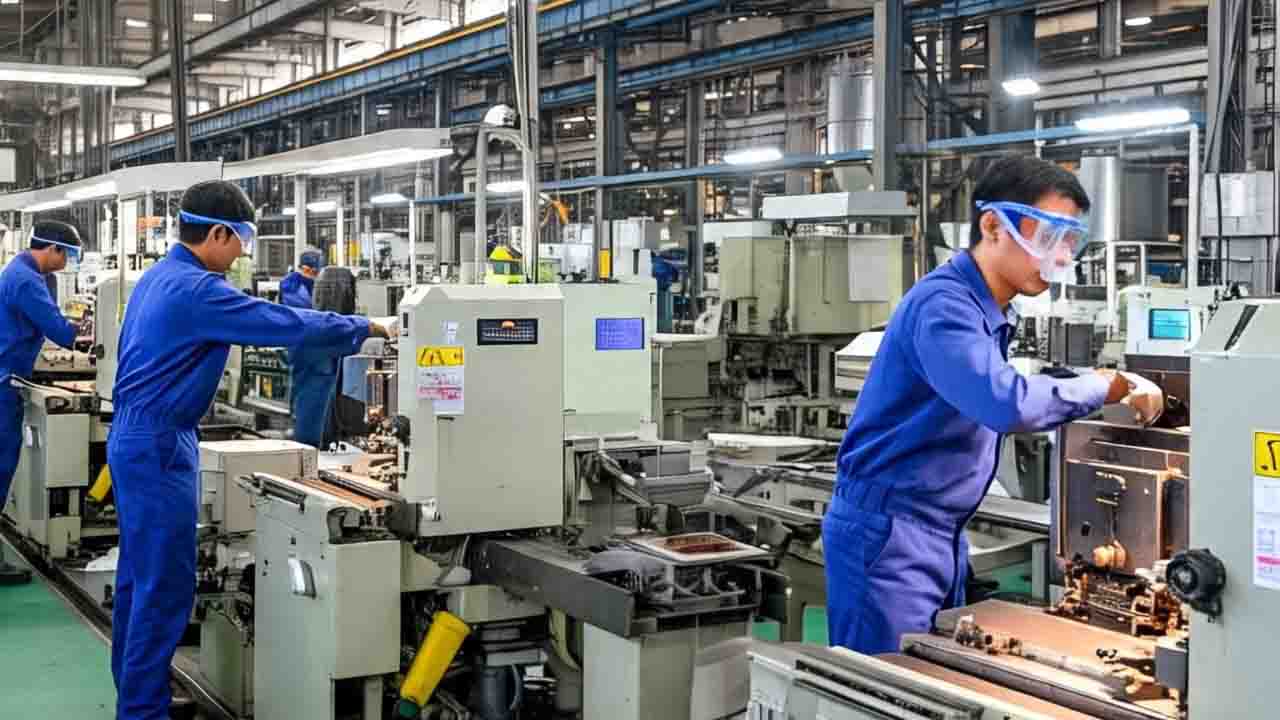
Arcadiadaily – Tariff Fears Threaten Global factory momentum as uncertainty over potential new U.S. trade tariffs rattles industrial sectors across Asia and Europe. While Japan’s factories have recently recorded promising expansion, and India’s manufacturing activity hit a 14-month high, businesses remain on edge. China, too, reported a modestly positive Caixin PMI of 50.4, signaling slight growth, but still vulnerable to trade policy shifts. Tariff Fears Threaten Global manufacturing stability by creating unpredictable headwinds, forcing producers to rethink supply chains and reconsider investments.
Tariff Fears Threaten Global optimism in Asia, where countries have seen a rebound in factory activity. In Japan, manufacturers reported increased orders and output, driven by recovering domestic demand. India’s robust factory growth is credited to steady consumer spending and a stabilizing rupee. Yet, these gains remain fragile. The threat of new tariffs from the United States could disrupt trade flows, raise costs for raw materials, and undermine confidence. Many Asian companies are bracing for sudden policy swings, which could quickly erode their recent progress and destabilize hiring and investment plans.
“Ford Phases Out EcoBlue Diesel: Ranger to Go Hybrid”
Tariff Fears Threaten Global production not only in Asia but also across Europe. European manufacturers are facing similar worries, especially those reliant on exporting to the American market. Sectors such as automotive, chemicals, and precision engineering are especially exposed to tariff shocks. With negotiations between Washington and European capitals still ongoing, factory managers remain hesitant to expand capacity or hire new workers. The looming uncertainty makes it difficult to commit to long-term investments, increasing the risk of a broader slowdown in industrial growth throughout the continent.
Tariff Fears Threaten Global economic stability by adding a powerful dose of unpredictability to an already challenging environment. While data show pockets of resilience, the broader industrial landscape remains fragile. As policymakers struggle to find compromise, factory owners worldwide are forced to hedge against worst-case scenarios, including steep tariffs that could squeeze profit margins and disrupt trade flows. The coming weeks will be crucial as negotiations continue and industry leaders look for clearer signals about future tariff policies. Until then, the global factory engine runs with one eye firmly fixed on political developments thousands of miles away.
“Writing on the Go: A Bestselling Author Drafted an Entire Novel”